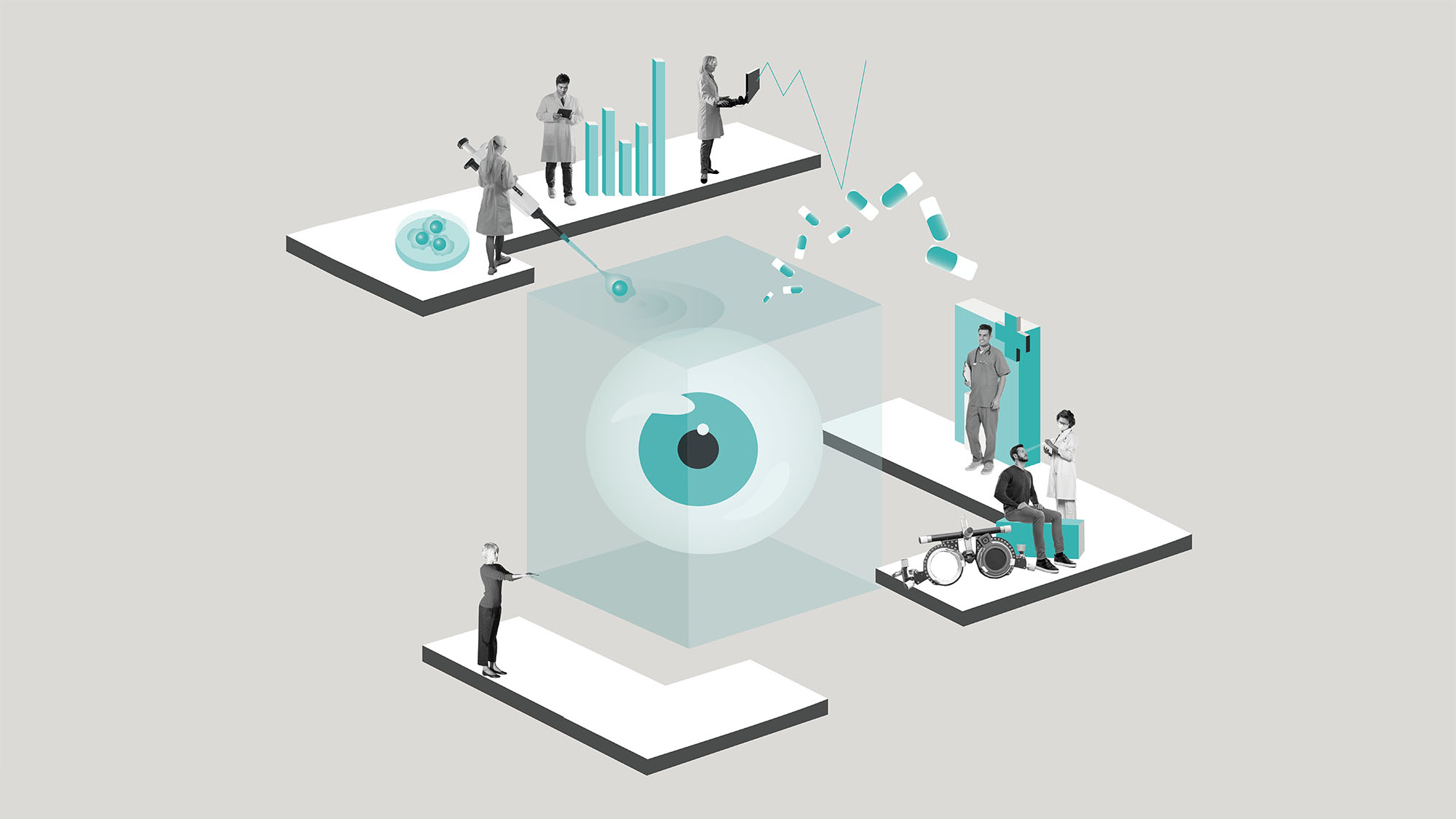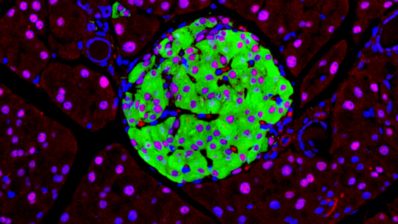Maria Pia Cosma is the leader of the Reprogramming and Regeneration Group at the Centre for Genomic Regulation (CRG), where they apply cell therapy approaches to regenerate retina in mice.
Currently, they are using human organoids (retinal explants), but this could change in the near future. She tells us about the ECaBox project, a new idea that aims to create a box in which the human eyeball will be maintained alive.
What is the ECaBox project about?
In our lab we are trying to understand and enhance retinal regeneration. So far we are using human retinal explants, but they last very little time in culture, so I got this idea: what would happen if we could maintain alive an entire human eyeball?
So that’s what this project aims to do: to build a box in which the human eyeball can be maintained alive. To do it, we need different kinds of expertise, such as biotechnology, engineering, or physics because we’ll need to engineer artificial blood, artificial vitreous humor, or study how to perfuse the vessels.
We will need a lot of interaction between different collaborators; experts in biology, biotechnology, engineering, physics,…
It is extremely challenging, so we have stablished a collaboration with several partners in different European countries, including two partners in Barcelona (IBEC and UB), and the project has been fund by Future and Emerging Technologies Open-Horizon 2020 which usually funds high risk projects.
It is a very complex project, but we’ll try our best!
The ECaBox is supposed to maintain alive the eyes of the deceased… what will they be used for?
The eyeballs are indeed from donors who have died. We need to receive the donation in really good conditions and encapsulate it as soon and for as long as possible. Right now, there are systems to maintain a kidney or a liver up to 24/48h, but the goal of this project is to maintain the eyes, at least, for up to one month. That way the eyes would be accessible to be treated with cells or drugs and we might be able to test some therapies ex vivo.
“If we can maintain the eyes alive for up to one month we could use them to test some therapies ex vivo“
Maria Pia Cosma (CRG)
Currently, when you need to test some therapies you can test them in mice, then in larger animals, do clinical trials… It is a long process until it reaches the patient. But if we can make this system work, we will be able to test several hypotheses in human eyeballs ex vivo, which would be very beneficial for vision impairment therapies.
Could it be a turning point in vision impairment research and therapies?
I think so, because there are a lot of eye donors in the world, and if we build it successfully, it could be used in many different countries.
Usually eye globes are donated for a cornea transplant, but we want to preserve the retina which is more complicated, since it is the nervous tissue of the eye. In a maximum of 48h the retina gets massively deteriorated, so if we can make it work and it is widely usable and accessible, it could be a turning point in this field.
If we can make it work and it is widely usable and accessible, it could be a turning point in this field.
What is the main challenge of the project?
As I said, it is an extremely challenging project, because there is complexity in the research of every individual partner, so we’ll need a lot of interaction between all the collaborators to tackle all the problems and questions. For example, to perfuse the vessels, we need to study a lot about artificial blood, circulation on the eye, setting up the pump… This is a highly collaborative project. I’m sure that everyone will make an effort to collaborate and hopefully we will be able to reach the goal successfully!







